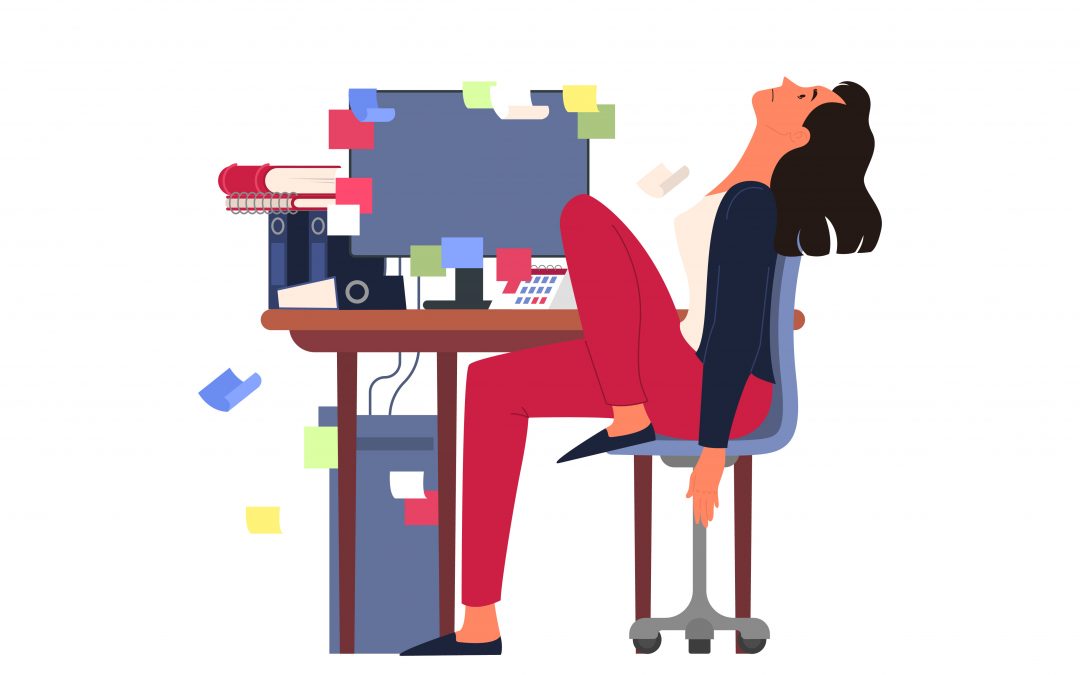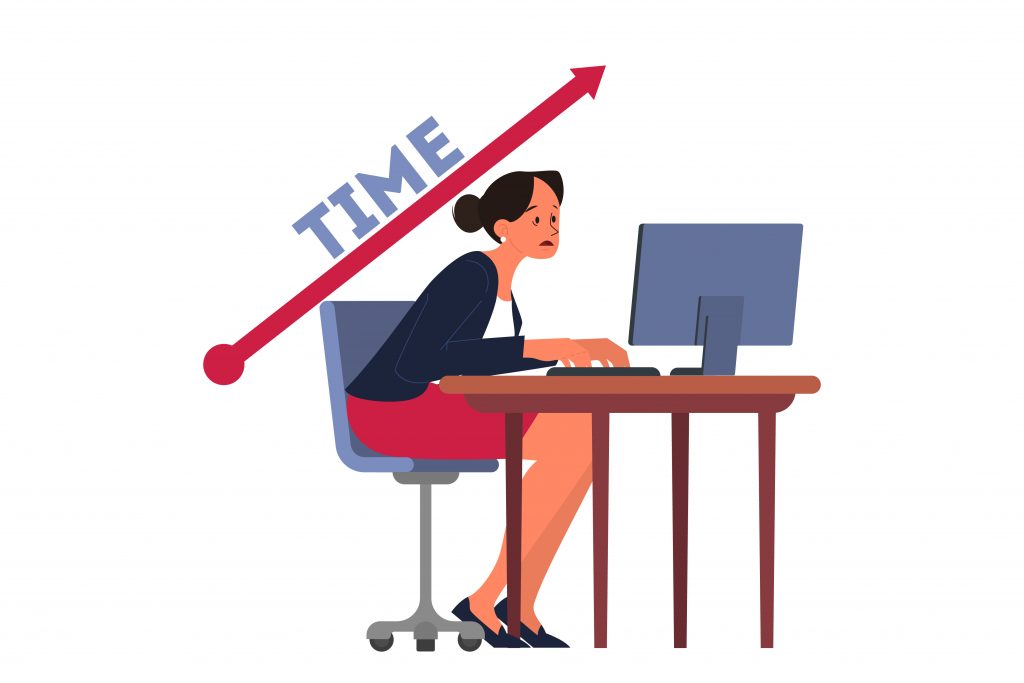As a 5th year student who is starting my practicum in January, these next couple of weeks have been exhausting for me. This semester is my last one that is course-based and continuing the momentum that I have had since September has been tough as the days are feeler shorter and the weather is getting colder. I always find the end of November and beginning of December the most challenging in staying motivated. One thing I have done this year is remind myself that I can see the light at the end of the tunnel and that I owe it to myself to make it there with the same effort I have given all semester long. And I take it one day, one assignment, and one task at a time. That being said I am also more gentle with myself this time of year and take more breaks because I know that I need to take more care of my mental health during the winter than I do in the summer.
This can be done by:
- going on walks
- making sure I have snack breaks
- having a flexible but set schedule
- watching livestreams or videos of exercise videos
- calling a loved one to talk through what I am feeling
- reminding myself that I am capable
Burnout can be a real tough thing to combat and after 5 years of being a full-time university student, I am feeling the consequences of it. And recognizing and dealing with burnout can be a bit more complex than simply administering self-care practices. A great place to start is self-reflection, and understanding what the term burnout means. Here is the definition I find helpful, from Dr. Christina Maslach, creator of the Maslach Burnout Inventory:
“burnout is a psychological syndrome emerging as a prolonged response to chronic interpersonal stressors on the job”
And it differs from normal stress that occurs when life is busy or chaotic. It is often coupled with fatigue and the World Health Organization labels it as an occupational phenomenon.
There are three official types:
- Individual
- Interpersonal
- Organizational
While the label ‘individual’ may sound like it is your fault that is rarely the case as burnout is a complex phenomenon brought on by a myriad of factors. Rather individual burnout means that personal pressure and self-imposed standards can lead to burnout. Interpersonal is influenced by relationships both personally and professionally. Organizational can include stressful work life or impossible to meet deadlines that end up having you overextending yourself. All three of these are possible types for students juggling their studies, friendships, familial commitments, part-time (or even full-time) work, and any other hobbies or commitments.
Being in university can be extremely overwhelming at times and I know I struggle with keeping myself going on the days where it feels like there is too much to do and not enough hours in the day.
Here are a couple of tips on how to deal with burnout what you have established that you are dealing with it:
- Be aware of what your stressors are and what you can to address them as burnout occurs because of prolonged stress. This can include making fewer commitments or spreading out your workload more.
- Write out all of your tasks, commitments, and assignments, to visually see where you are spending your time.
- Go over your priorities and reassess what you are fully committed to and what you do not have the time for.
- Make a schedule. I personally like using Google Calendar, and colour coding my tasks.
- Add in a self-care routine to the end of your day. This looks different for everyone.
- Do not overfocus on the end goals and give yourself praise for the progress you make along the way.
- Check-in regularly to monitor your stress levels to avoid burnout in the future.
I want to leave you with some resources that I have found helpful
- Burnout: The Secret to Unlocking the Stress Cycle by Emily Nagoski Ph.D. and Amelia Nagoski, D.M.A
- How to protect your passions from burnout playlist on TED
- An article, More than 9 in 10 Canadian workers feel burned out: study, by Levon Sevunts that contains a great infographic
The views expressed in this blog are my own, and do not necessarily reflect the policies or views of the University of Victoria. I monitor posts and comments to ensure all content complies with the University of Victoria Guidelines on Blogging.


